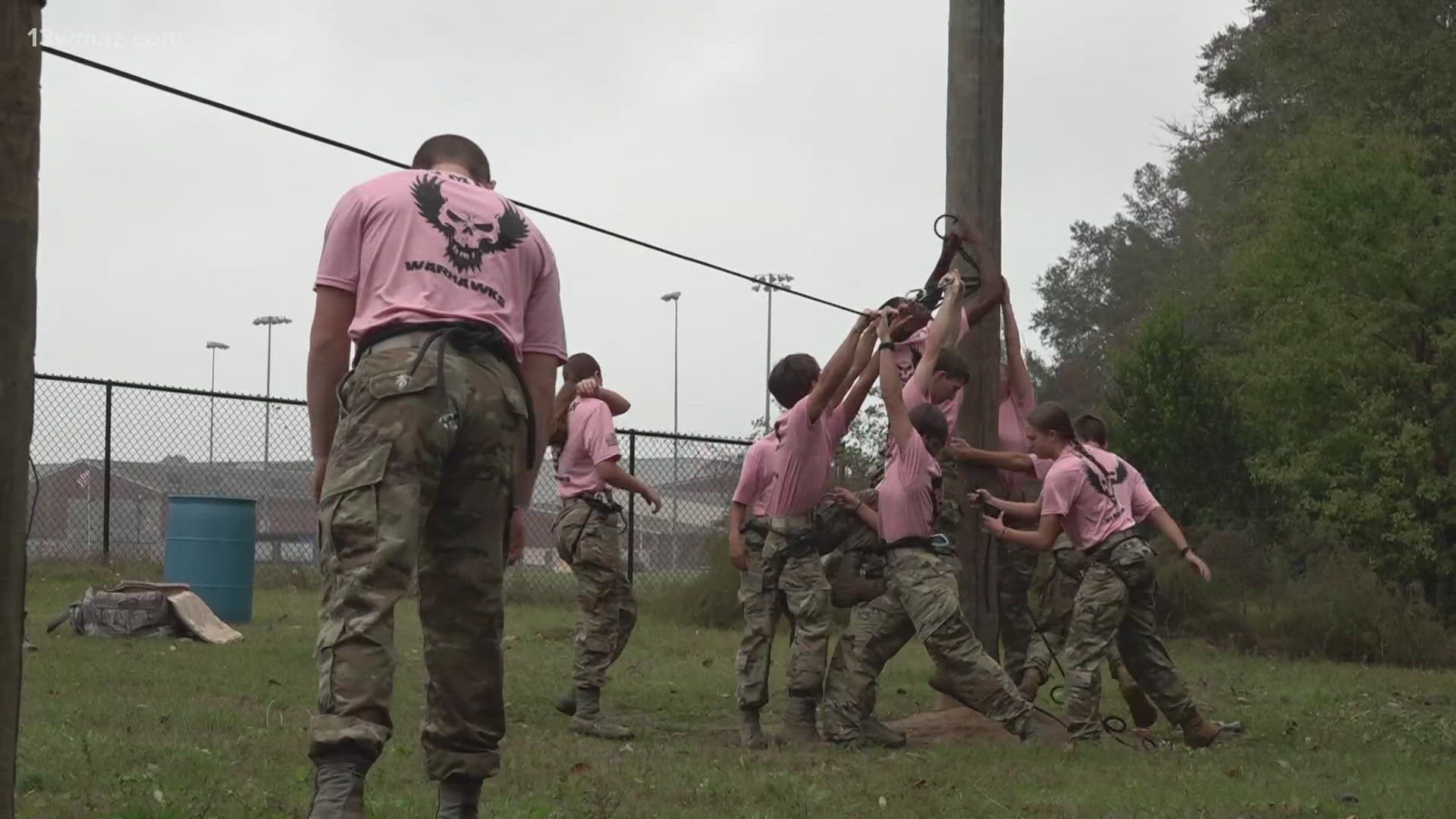Global warming is slowly thawing out a once top-secret subterranean U.S. nuclear base in northern Greenland, potentially exposing the environment to radioactive coolant, PCBs, and raw sewage that the military originally believed would stay entombed for millennia.
The hazardous waste could emerge by the end of the century, according to a new, peer-reviewed study published Thursday in Geophysical Research Letters, a journal of the American Geophysical Union. The melting seems likely to bring modern-day environmental and political headache.
Camp Century was a U.S. base built on the Greenland ice sheet in 1959. To the public, its mission was scientific tasks such as drilling for ice cores. But it also doubled as a top-secret site for testing nuclear missiles during the height of the Cold War. Codenamed Project Iceworm, it was a test base to see if launch sites could be built close enough for missiles to reach the Soviet Union.
The camp included a series of tunnels roughly 50 feet underground. It was one of five ice-sheet bases in northern Greenland.
When the camp was decommissioned in 1967, the base and its waste, including radioactive coolant, tons of PCBs, and thousands of gallons of sewage and diesel fuel, were abandoned. The thinking was they’d be entombed for millennia by the snowfall that falls each winter. Indeed, since being abandoned, at least another 100 feet of snow has fallen on top of that.
“Two generations ago, people were interring waste in different areas of the world, and now climate change is modifying those sites,” said Liam Colgan, a climate scientist at York University in Toronto, Canada, and lead author of the study.
Climate change has warmed the Arctic more than any other region on Earth, and the portion of the ice sheet covering Camp Century should start to melt by the end of the century, according to the study. At that point, the rates of ice loss there might be greater than the annual increases from snowfall.
The waste would then seep into the ocean. This would threaten the ecosystems of the fish and animals that the people who live in the communities there depend on, said Mike MacFerrin, a study co-author and researcher at the Cooperative Institute for Research in Environmental Sciences.
The ice sheet that sits on Greenland is melting at an alarming rate, as much as 8,000 tons per second, said Colgan. This equates to 280 billion tons of ice melting and calving off into the ocean each year.
In addition to the environmental impact, determining who cleans up the mess decades from now could also lead to political disputes not considered before. The U.S. built the base, Denmark permitted it (though not the missile launch program), and now Greenland is a self-governing territory.
Colgan added that once resolved, it could serve as a model for how to resolve other multinational climate-change related issues around the globe, such as the relocation of displaced people in Pacific Islands who are losing their land to rising sea levels.


